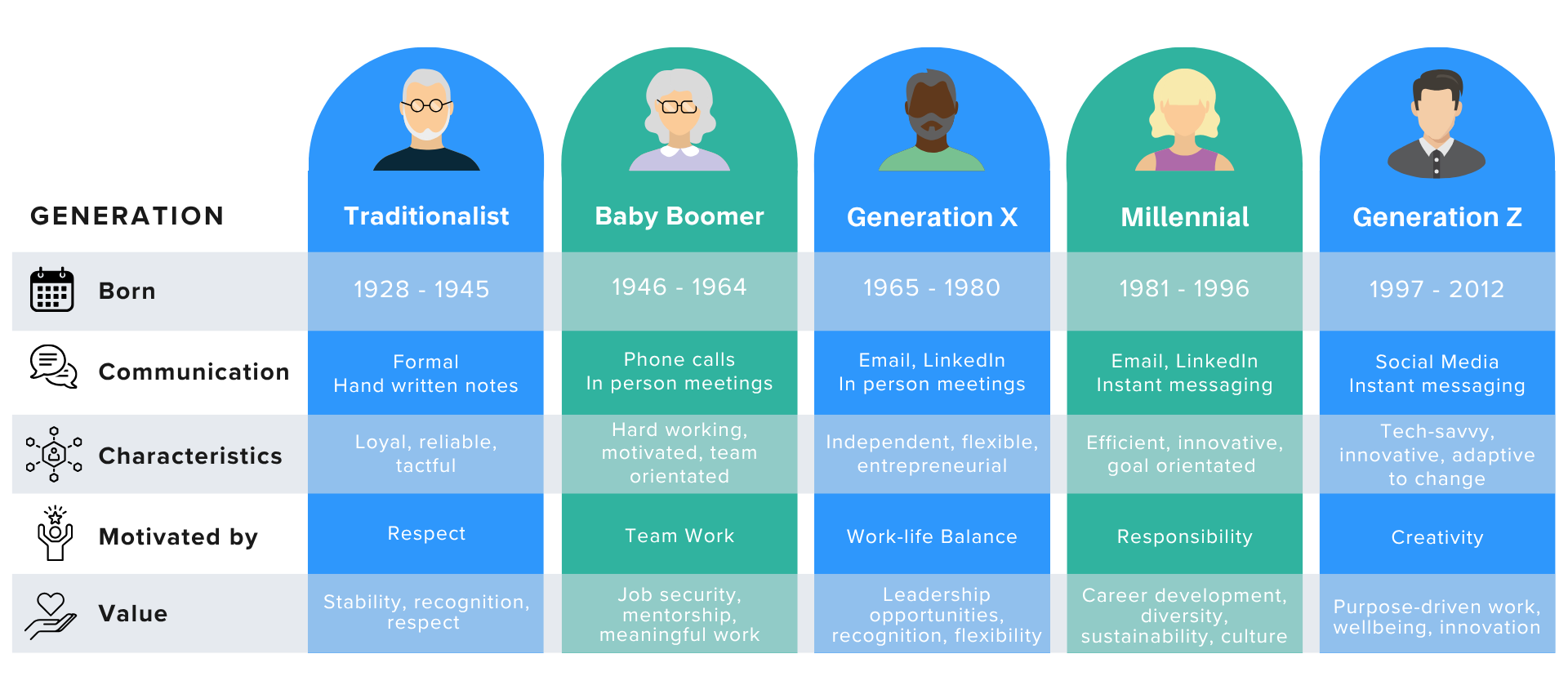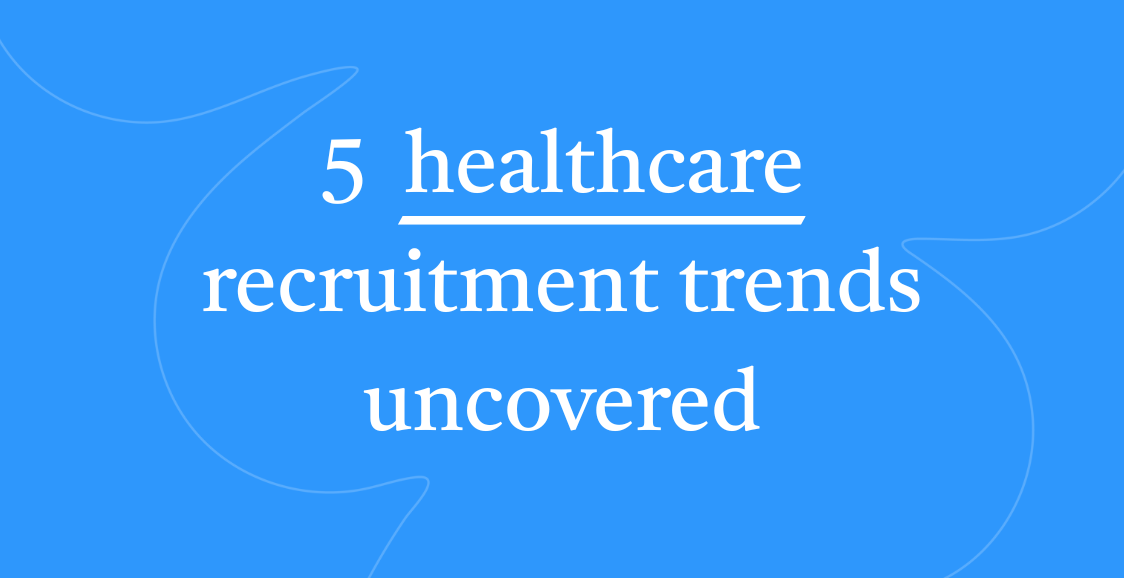We’ve all heard the saying, “age is just a number”, but for today’s workforce it carries new weight. For the first time, five generations are working side by side: the Silent Generation, Baby Boomers, Gen X, Millennials, and Gen Z. With each generation bringing diverse experiences and varied preferences to the table, talent acquisition teams need to personalisepersonalize experiences to enhance engagement.
Let’s dive into how you can use AI-powered technology to engage multigenerational talent at scale effectively.
Unlocking the power of a multigenerational workforce
A multigenerational workforce brings a wealth of experience, perspectives, and skills. When organisationsorganizations create opportunities for employees of different generations to collaborate, they unlock innovation, drive engagement, and strengthen workplace culture. Encouraging knowledge sharing helps businesses retain critical expertise while fostering an environment where employees learn from one another.
SSE, a PageUp Clinch recruitment marketing client in Scotland, has embraced this by offering mentoring and reverse mentoring programs. These initiatives pair early-career employees with seasoned professionals, creating a two-way exchange of insights. This fosters collaboration, strengthens team dynamics, and enhances overall organisationalorganizational performance.
Understanding generational preferences
With such a diverse workforce, organisationsorganizations must ask: Are we effectively attracting, engaging, and retaining talent across all age groups?
Different generations have distinct communication styles, motivations, and approaches to work. Gen Z, for example, values career growth and purpose-driven work, while Baby Boomers may prioritiseprioritize stability and benefits. Millennials often seek flexibility, and Gen X looks for leadership opportunities. Understanding these differences helps organisationsorganizations craft better candidate experiences.

Managing these nuances manually is no longer practical. Success requires technology that aligns with the values and expectations of each group, delivering automation and personalisationpersonalization at scale.
Using AI to engage talent across generations
Recruiters and talent teams are increasingly turning to AI to manage the complexities of engaging a multigenerational workforce. AI-driven tools streamline hiring processes, reduce administrative burdens, and enhance personalisationpersonalization at scale. These solutions help teams connect with candidates more effectively while ensuring a seamless, engaging experience for jobseekers.
Clinch’s AI Chatbot Assistant provides an always-on engagement channel that boosts efficiency by handling repetitive tasks. Candidates can join talent networks, search for roles, and get instant answers to common questions. The chatbot also integrates with content management systems to share employee-generated content, offering insights from the people candidates trust most – your employees.
For digital-native candidates, especially Gen Z, real-time engagement is an expectation. AI-powered tools personalisepersonalize the candidate experience, offering tailored job recommendations and content that keeps candidates engaged.
Meeting candidates where they are
Beyond sharing content on your career site, consider how you connect with different generations on social media. Facebook appeals to mid-to-late-career professionals, while TikTok and Instagram attract younger talent. AI-powered content assistants can help tailor messaging to resonate across platforms.
Effective multigenerational hiring starts with understanding your audience and meeting them on their terms. AI and automation enable this at scale, helping you build a diverse, empowered workforce.
Balancing AI and human-first recruiting
Alongside AI’s efficiency, the human element remains essential in recruitment. Decision-making should always stay in human hands. While AI can screen candidates and identify strong matches, hiring managers and recruiters must evaluate authenticity and fit. Personal interactions provide candidates with insight into company culture and career growth opportunities.
Research from Gallup shows that beyond salary, candidates accept job offers based on factors like company culture, career development, and personal connections. Interviews with hiring managers and key stakeholders are the most impactful part of the hiring process.
Candidates who experience meaningful personal interactions are 3.2 times more likely to feel connected to company culture and three times as likely to be highly satisfied with their work. OrganisationsOrganizations that meet or exceed candidate expectations throughout the hiring process maintain a stronger talent pipeline and improve retention.
OrganisationsOrganizations that use AI strategically free up time for meaningful candidate interactions. This balance ensures AI enhances, rather than replaces, the recruiter’s role in building strong connections and guiding candidates through critical hiring decisions.
PageUp’s AI-powered talent acquisition platform enables human-first recruiting while optimisingoptimizing hiring processes. Book a demo to see it in action.






